Some scientists offer another explanation.
Get the latest international news and world events from around the world.
AGI 22 Opening Message | Ben Goertzel — Open Ended Motivations for AGI
The opening keynote for the AGI-22 conference by Dr. Ben Goertzel, titled “Open-ended Motivations for AGI”, recorded on August 20th, 2022.
SingularityNET is a decentralized marketplace for artificial intelligence. We aim to create the world’s global brain with a full-stack AI solution powered by a decentralized protocol.
We gathered the leading minds in machine learning and blockchain to democratize access to AI technology. Now anyone can take advantage of a global network of AI algorithms, services, and agents.
Website: https://singularitynet.io.
Discord: https://discord.gg/snet.
Forum: https://community.singularitynet.io.
Telegram: https://t.me/singularitynet.
Twitter: https://twitter.com/singularity_net.
Facebook: https://facebook.com/singularitynet.io.
Instagram: https://instagram.com/singularitynet.io.
Github: https://github.com/singnet.
Linkedin: https://www.linkedin.com/company/singularitynet
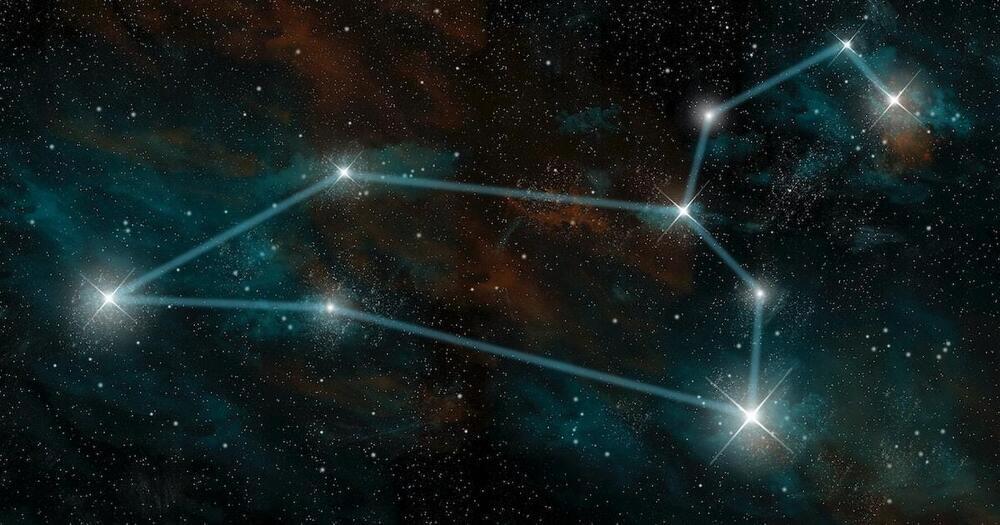
March 2023 Skywatching Calendar: Worm Moon and 4 More Celestial Events You Can’t Miss
Two bright planets meet, a stunning star appears, and the Worm Moon rises.
If you live in the Northern Hemisphere, you’re probably starting to see the first signs of spring. March marks the official change of seasons, with spring beginning at the vernal equinox in just a few weeks.
But before we can officially say goodbye to winter, there are a few exciting events happening in the night sky that you don’t want to miss. A stunning conjunction, the return of a bright star, and the Worm Moon will all make an appearance soon.
Here are 5 celestial happenings to mark on your calendar this month:
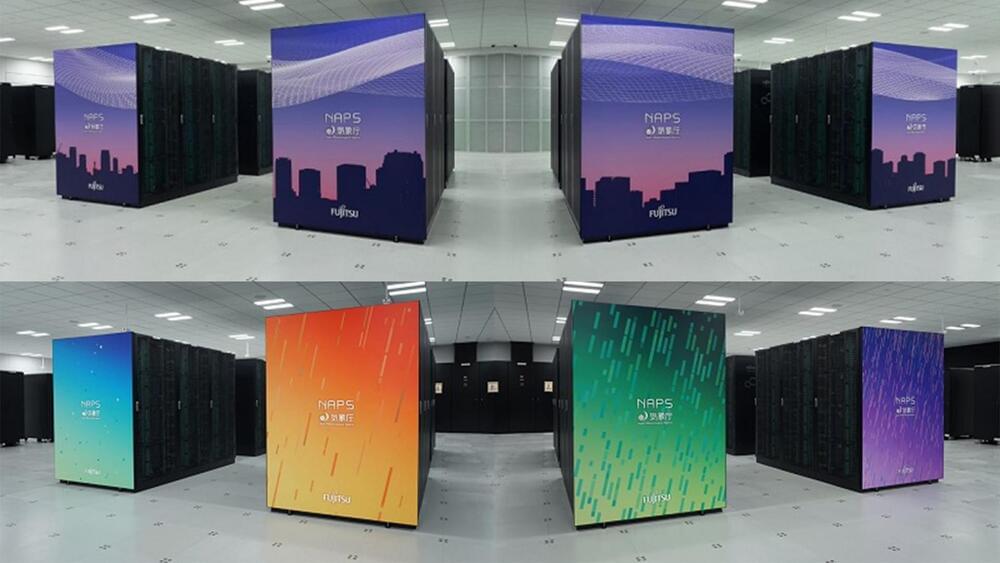
Japan’s new supercomputer will forecast heavy rains 6 hours in advance
The new supercomputer system can predict the occurrence of linear rainbands, which are clouds that trigger heavy rain, leading to natural disasters.
Trust Japan to get a supercomputer to predict heavy rain and other natural disasters like landslides and flooding.
Japan has always had to deal with natural disasters as the island is located along an area where several tectonic plates meet. The country is highly vulnerable to natural disasters such as earthquakes, tsunamis, and natural disasters. These have only been exacerbated due to climate change.
New liquid nitrogen spray could help NASA solve its lunar dust problem
The novel method could form a crucial part of NASA’s plans to establish a permanent human presence on the moon.
You may not know that lunar dust poses a real problem to NASA as it aims to establish a permanent crew presence on the moon with its upcoming Artemis missions.
Now, though, a new liquid nitrogen spray developed by Washington State University researchers was able to remove virtually all of the simulated moon dust from a space suit during tests, a press statement reveals.
NASA
Moondust is largely made of small particles that can damage spacesuits, machinery, and equipment. In future habitats, it may even pose a health risk by damaging astronauts’ lungs.
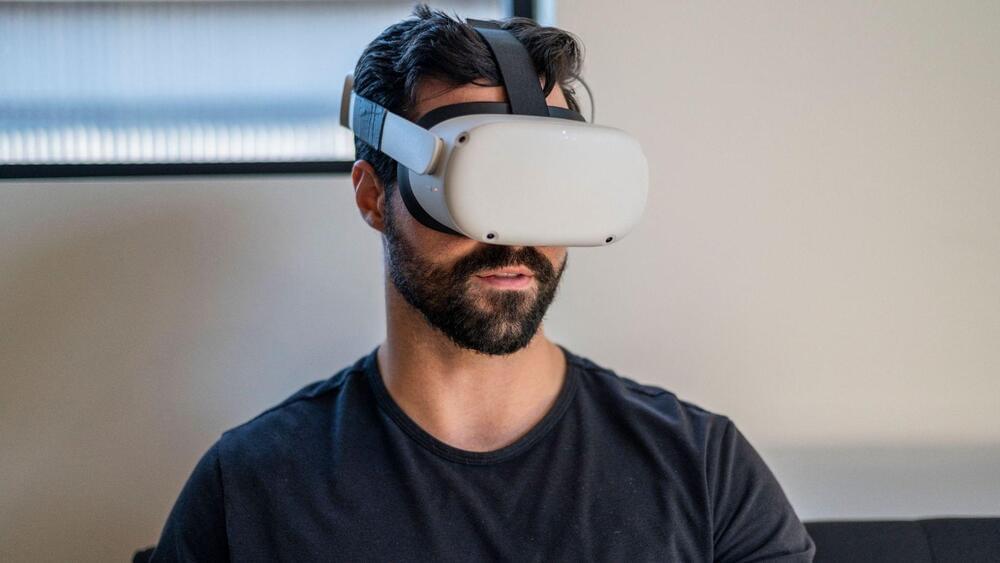
Meta works on a flurry of AR/VR devices over the next 3 to 4 years
Meta’s AR glasses could be launched in 2027.
Mark Zuckerberg’s Meta Platforms is doubling down on its virtual reality (VR) products and plans to rope in augmented reality (AR) experiences. It looks to define its position in the technology industry a few years from now. Thousands of employees of the Reality Labs Division at Meta were recently presented with a roadmap for the company’s products, which was then shared with The Verge.
VR, AR, and neural interfacesAlthough Zuckerberg has spoken mainly of the metaverse that the company would build as the future of the internet, Meta now seems to have taken its foot off the pedal to make the metaverse itself and focus on the tools instead and improving them.
Coming out later this year is the Meta Quest 3, the flagship product from the company. It is expected to be twice as powerful but half the thickness of its predecessor—the Quest 2. Meta has sold more than 20 million Quest headsets so far, so the Quest 3 sales will be a benchmark to determine if customers are interested in these products.
Priced at $400, Quest 3 will also feature front-facing cameras that will make it less immersive than its predecessors but add the ability to deliver mixed reality experiences to users. Meta is hopeful that this will prompt users to keep the headsets on for longer and plans to ship 41 new apps and games with this headset.
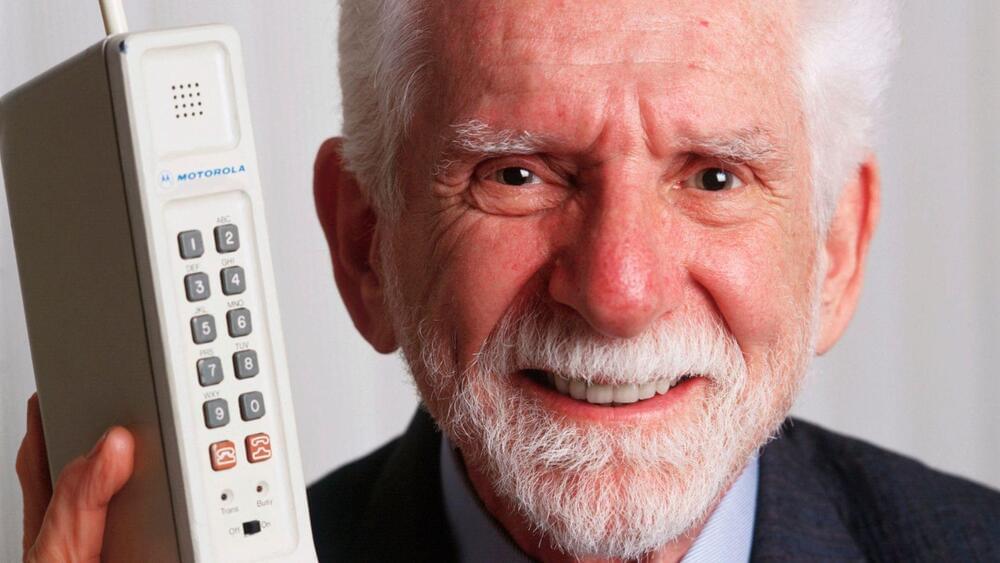
Your body, ‘perfect charger’ for smartphones, says father of cellphone
On April 3, 1973, Marty Cooper made the world’s first call from a handheld portable brick phone —weighing 2.5 pounds and 11 inches long.
The first cellphone inventor aka the father of cellphones, Marty Cooper, has projected that phones would be implanted under the skin of consumers’ ears.
“The next generation will have the phone embedded under the skin of their ears,” said cooper.
Ted Soqui/Getty.
The body is the ideal charger for such devices because they won’t require conventional charging, Cooper told CNBC at the Mobile World Congress in Barcelona on Wednesday.
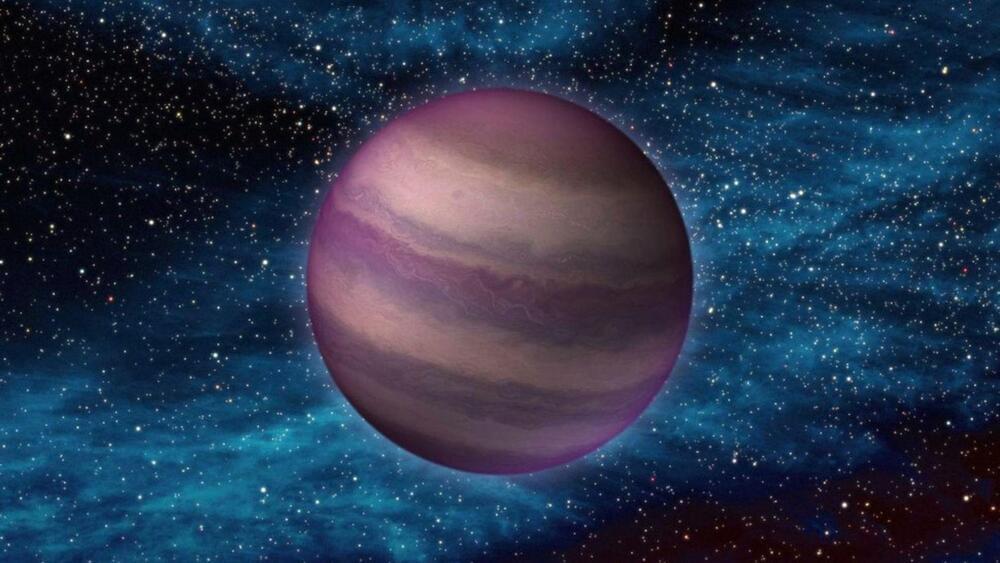
Astrophysicists discover the most unusual ultracool dwarf binary system
The two stars take about 20.5 hours to revolve around each other.
Astrophysicists of the University of California San Diego (UC San Diego) and Northwestern University have discovered the most compact ultracool dwarf binary system known to date using W. M. Keck Observatory on Maunakea, Hawaii Island.
Named LP 413-53AB, this newly discovered system comprises two ultracool dwarfs, the category of stars which are extremely low in mass and emit light mainly in the infrared because of their low temperature.
NASA/JPL Caltech image.
These two stars are so close that they only take about 20.5 hours to revolve around each other, which means a year on these stars is not even a day on Earth.
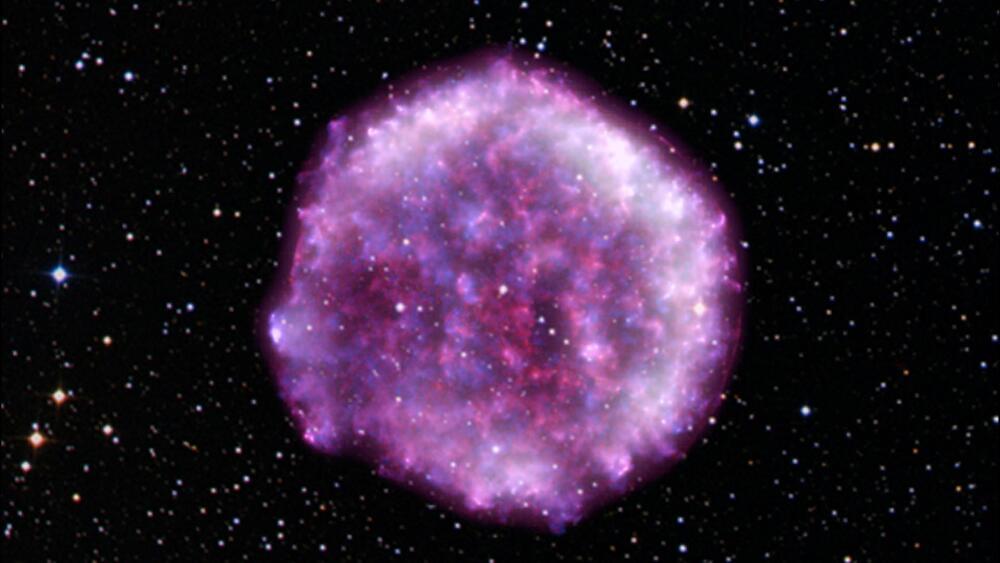
NASA sheds light on a massive supernova dating back to Middle Ages
The supernova is so old that it is believed to have been described in a passage of Shakespeare’s “Hamlet.”
A group of scientists has shed new light on a star that exploded in a supernova more than 450 years ago, blasting particles out into space at close to the speed of light.
Now, astronomers have used NASA’s Imaging X-ray Polarimetry to study the incredibly long-lasting aftereffects of the supernova called Tycho.
NASA/ASI/MSFC/INAF/R. Ferrazzoli, et al.
The Tycho supernova blast released as much energy as the Sun would emit over ten billion years, NASA pointed out in a statement. The blast was visible to many humans on Earth way back in 1572.
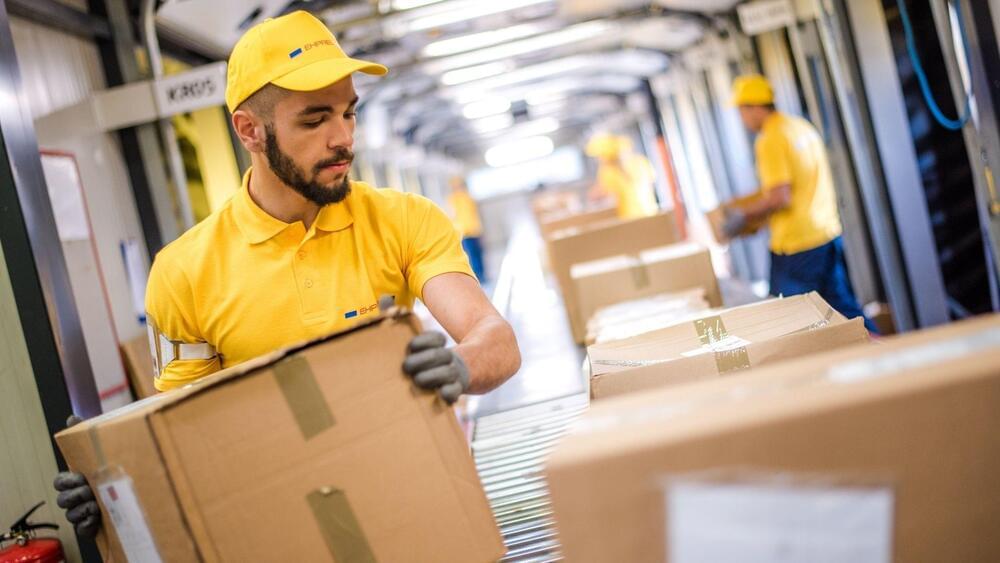
Physically active men at work are more fertile, a Harvard study confirms
Men who regularly lift heavy objects at work have almost 50 percent higher sperm concentration and count.
As infertility is becoming a common problem of late, and medical professionals are scrambling to find solutions to nullify this rising trend. Researchers have found a link between male fertility and occupational factors, such as physical demands and work schedules.
The Harvard Medical School (HMS) and Brigham and Women’s Hospital collaborative effort found that men who “regularly lift heavy objects at work have higher sperm counts than men whose work is less physically demanding,” a press release said.
Simonkr/iStock.